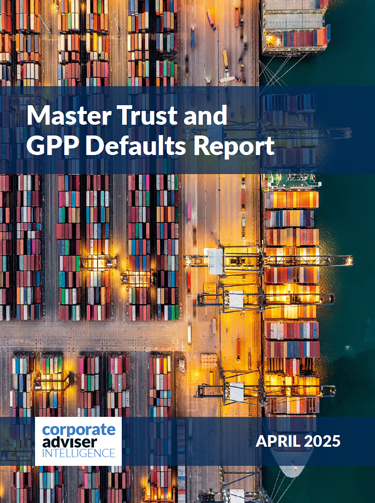Swiss Re’s latest report into the group risk market shows in-force data and summarises the views of a qualitative survey among 42 product providers and intermediaries operating in the market. The report shows that, in 2008, in-force premiums across death benefits, income protection and critical illness cover increased by a solid but unspectacular 3.1 per cent, now totalling £1.63bn. Specifically, in-force death benefit premiums grew by 3.8 per cent and income protection by a more modest 1.2 per cent.
In-force critical illness premiums grew by 22.0 per cent to just over £45m, driven in the main by the growth in flexible benefit schemes. In the context of the overall group risk figures, CI is modest, but this increase in coverage should be seen as positive given that sales of new individual CI cover have been falling.
The market is becoming increasingly competitive, reflected by growth in reported in-force sums assured of 7.4 per cent for death benefits and 4.7 per cent for income benefits. One way we could grow the market might be by trying to move more self-insured schemes to an insured basis.
However, few new schemes are coming to the market. One leading industry figure told us that intermediaries will be “far too busy pinching schemes off each other rather than generating new sales”.
In the current economic climate, it is less likely that new schemes will emerge. This could result in even more downwards price pressures on in-force schemes during 2009 and 2010.
Few market players anticipate any growth in 2009 and 2010, citing the recession as the key reason. Past survey predictions have typically proved more negative than the eventual results but it is a sobering prospect that, out of 42 responses, only six are upbeat about death benefits growth and four about income protection. The number of in-force income protection schemes continues to drop, albeit slowly. Although annual benefits have increased, we are now seeing more products with a limited payment term.
Around 7 per cent of group IP schemes limit cover to typically two, three or five years. Looking forward, our survey respondents estimate that 11.5 per cent of all schemes will be limited-payment by the end of 2009, 16.25 per cent by 2011 and 22.25 per cent by 2013.
If these predictions turn out to be accurate, a key driver will be changes to the benefit basis for existing schemes. For members, this means a gap in cover, but also scope to design solutions that enable members to opt to buy cover up to their expected retirement age. These solutions might come from either retail or employer-sponsored products.
The economic climate has become so tough that every business cost is under scrutiny like never before. Against this background, can we expect group risk benefits to decline, with employers seeing them as an easy target when managing down their cost bases?
A recurring theme in the group risk market has been its lack of profile among regulators, government, employer bodies and, importantly, end members.
A better profile, and stronger messages about the positive impact that group risk benefits could have in offsetting the future cost of welfare benefits, might result in the Government becoming more engaged and supportive. This could reduce the risk that measures are introduced which might inadvertently act against employer-sponsored provision and lead to bigger protection gaps.
We also need to ensure that members are better informed about the benefits provided by their employer. This could include developing a closer relationship with, and providing key messages for, the Financial Services Authority’s work on financial capability. Consumer research conducted by Swiss Re over a number of years has shown that employees overstate the level of cover provided by their employer two- or threefold. No wonder, therefore, that there has been negligible employee pressure on employers to provide benefits, that benefits are largely disregarded as a factor when considering job changes, and that retail protection sales are so low.
At long last, through GRiD, the industry is setting plans in place to address this lack of profile. The responses to Swiss Re’s survey provided a strong endorsement for carrying through this work in an area where the industry has delayed concrete action for far too long.




